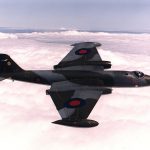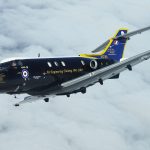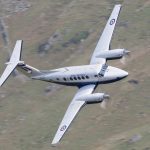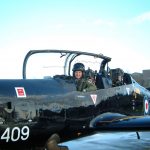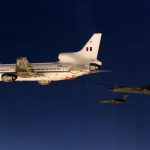Performance Based Navigation (PBN)
The continuing growth of aviation has increased the demands on airspace capacity and therefore the need for optimum utilization of available airspace. Improved operational efficiency derived from the application of area navigation (RNAV) techniques has resulted in the development of navigation applications in various regions worldwide and for all phases of flight. However, standards have varied slightly and initially focused on accuracy leaving reliability to be monitored by cross-reference to other forms of navigation.
The introduction of PBN is a relatively new concept that aims to ensure global standardization of RNAV and Required Navigation Performance (RNP) specifications and to limit the proliferation of navigation specifications in use world-wide. Significantly, PBN moves away from a limited requirement for navigational accuracy towards a navigation specification expressed in terms of:
- Accuracy.
- Integrity.
- Continuity.
- Functionality.
The PBN specification also describes how these performance requirements are to be achieved i.e., which navigation functionalities are required to achieve the prescribed performance. Associated with the navigation specification are requirements related to pilot knowledge and training, and operational approval. For detailed information, the ICAO PBN Manual Doc 9613 should be consulted; within Europe, EASA PBN implementation information can also be referenced.
The principal benefit derived from PBN is the transition to a total area navigation (RNAV) environment. This will lead to flight efficiency and allow optimization of airspace including reduced holding containment areas. Without the constraints of navigating via fixed, ground-based aids, the airspace designer has a powerful tool in terms of positioning of routes and instrument flight procedures in relation to areas of congestion or population density. From the pilots’ perspective, benefits include;
- More direct routes that reduce flight times.
- Higher system integrity which brings great safety and reduced workloads.
- Fewer delays due to increased capacity in controlled airspace.
- Greater access to airports, especially for General Aviation (GA) aircraft which have traditionally been limited to higher operating minima due to their basic equipment.
- Improvement in safety through onboard monitoring and performance alerting to the flight crew.
This website will provide PBN training in the following sections:
- Principles of PBN
- Principles of GPS
- RNP Approaches
- G1000 GNSS Approaches
- PA34 Procedures

